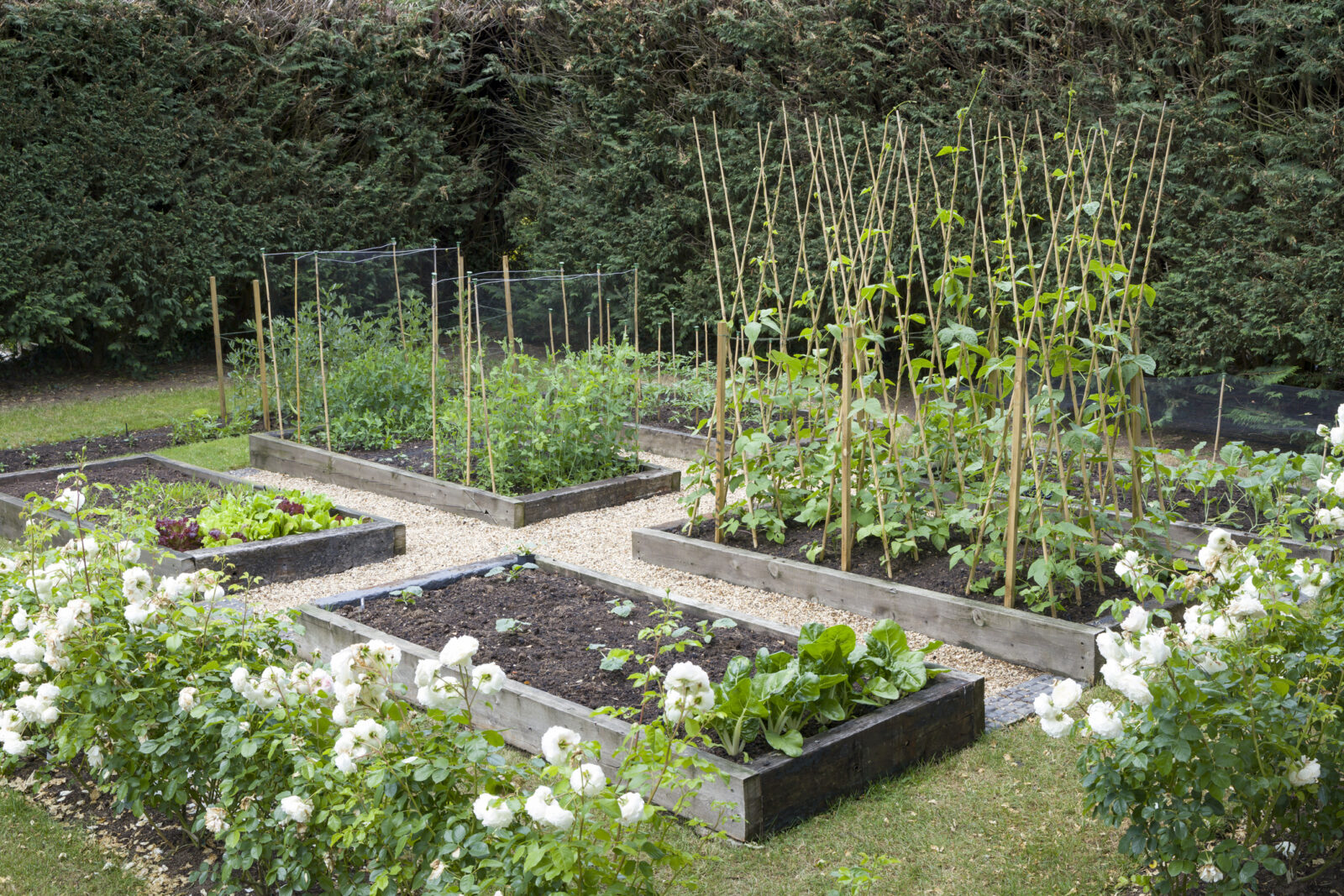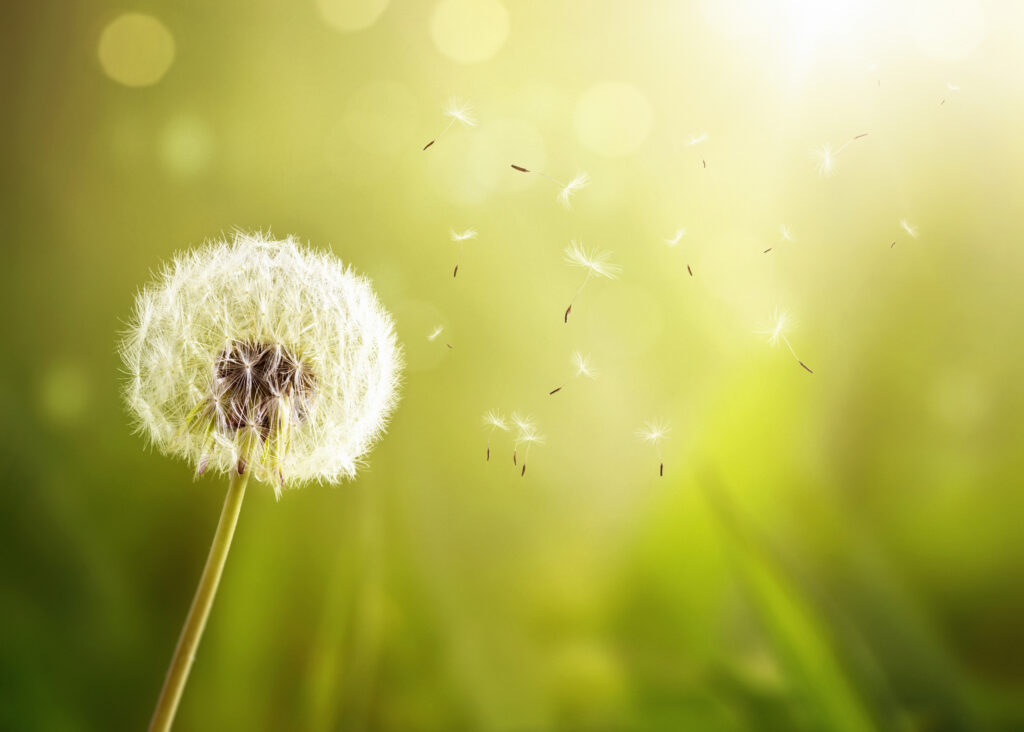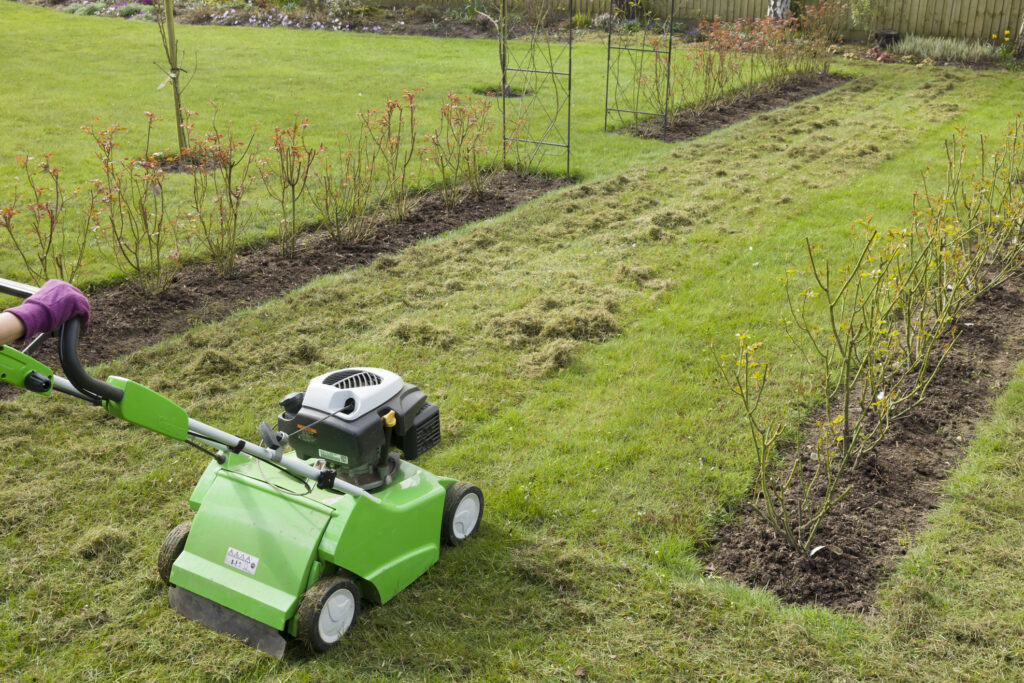Tired of Mowing? Sick of Watering? Convert Your Lawn!
 March 7, 2023
March 7, 2023Spring is just around the corner. Are you dreaming about mowing the lawn every week yet? No? Then maybe it’s time to convert your lawn into something more beneficial (and less time-consuming) instead.
If you love your sod, we get it. The American Dream has long been characterized by a house with a white picket fence enclosing a lush, thick, green lawn. But as anyone who’s ever tended one knows, it takes a lot of work to keep that patch of land looking perfect.
It also takes a lot of water and fertilizer. Between the amount of water that’s wasted, and the fertilizer that ends up in the water supply, it’s a double whammy for the ecosystem (not to mention your wallet).
According to the state Department of Conservation and Natural Resources, there are about 2 million acres of lawns in Pennsylvania alone. And according to TodaysHomeowner.Com, proper lawn irrigation takes more than a half-gallon of water per square foot —that’s around 62 gallons of water for a 10’x10’ lawn, or 6,230 gallons for a 100’ x 100’ lawn!
The good news is there’s an attractive, low-maintenance alternative that will save time, money — and the environment! It’s called a meadow—and it’s what Mother Nature intended.
Lawn-be-gone!
The perfect lawn does not exist in the wild. There are no dense, intricately cross-hatched green oases of thick Bermuda and rye grass turf growing organically.
Instead, our plains and meadows are filled with a combination of shrubs, grasses, wildflowers, and lots of beneficial plants we’ve been taught to categorize as “weeds.”
Take the humble dandelion, for instance. Legions of homeowners wage war on them every year. “Weed-and-feed” combinations have been formulated specifically to target these little yellow flowers.
Yet dandelions are a vitally important food source for pollinators, especially early in the season when other flowers have yet to bloom.
And science has shown us that this much-vilified, edible plant is actually very beneficial and can help control blood sugar, lower blood pressure, and provide antioxidants!

Just Say No Mow
The first step in making a more eco-friendly yard, then, is to eliminate your carefully manicured, time-consuming lawn and replace it with what nature intended: A combination of native shrubs; wildflowers; un-mowed (or rarely mowed) grasses; trees, and yes, weeds.
Among the benefits of a no-mow lifestyle (aside from the extra time on your hands): You’ll see more wildlife, including birds, rabbits, and pollinators. You’ll reduce water use, fertilizer runoff, the use of fossil fuels, and eliminate environmentally damaging chemical treatments. And you’ll help improve the health of your soil.

That doesn’t mean your patch of land has to look wild, woolly and unkempt. You can create paths, borders, and beds of flowering plants. You can even have some areas of lightly manicured grass.
And turning your lawn into a meadow is not your only option. You could turn it into a food-producing garden, a rain garden, or even a rock garden. And while that last option won’t attract pollinators or wildlife to your yard, you definitely won’t have to worry about mowing or watering!
Go Green(er)
Ready to convert your lawn? Great! Mother Nature (and our waterways) will thank you.
There are just two things you need to do first.
1) Check with your local municipality or homeowners association. Believe it or not, there might be restrictions on how you use your yard.
2) Call 8-1-1 at least three business days before you start your project. That’s not just a recommendation — it’s the law: Don’t be that weekend warrior who drives a pickaxe through a utility line. You could harm yourself or others, cause property damage, and end up being on the hook for thousands of dollars in damages!
When you’re done, we’d love to see pictures of your project. You can post them on social media and tag us: @LehighCountyAuthority on Facebook and @lcauthority on Instagram!
#beesafesanctuary #wildlifesanctuary #pollinatorfriendly #convertyourlawn #lawntomeadow